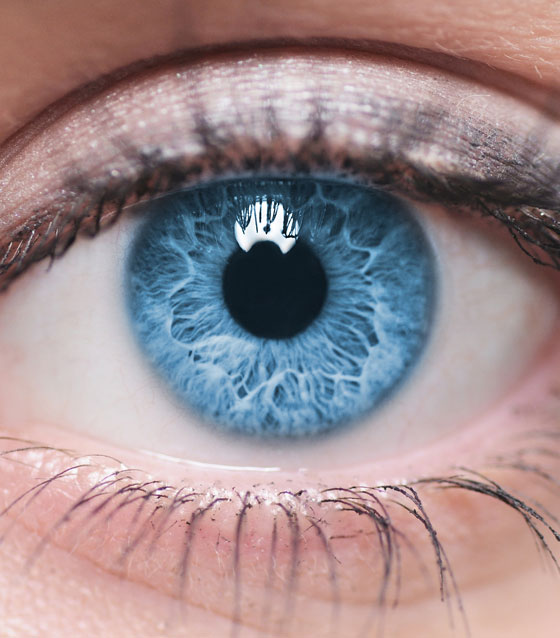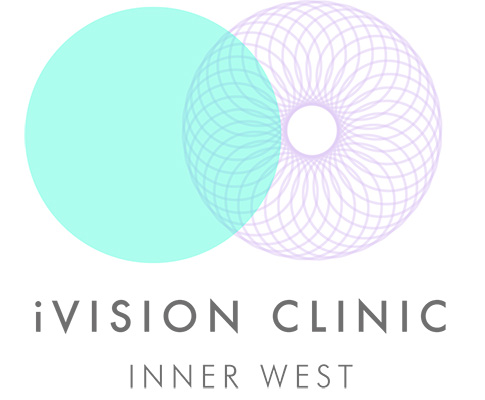What is a normal eye?
The eye is easy to understand if you think of it as a camera. When you take a picture the lens in the front of the camera allows light through and focuses that light on the film. When the light hits the film, a picture is taken. The eye works in much the same way.
In a healthy eye, the lens is clear and allows light to pass through. Light is focused by the cornea and lens onto a thin layer of tissue called the retina. The retina works like the film in a camera. When light hits the retina, tiny cells collect the light signals, and convert them into electrical signals, which are then sent through the optic nerve and to the brain, where they are processed into the images we see.
The cornea is at the front of the eye and its function is to focus and transmit light onto the retina.
The pupil is the dark center in the middle of the iris. The pupil’s function is to regulate how much light enters the eye. The pupil’s size is automatically varied to regulate the amount of light entering the eye.
The iris is the coloured portion of your eye and is located behind the cornea and in front of the crystalline lens separating the anterior and posterior chambers of the eye. The iris also helps regulate the amount of light that enters your eye.
The retina is the nerve layer that lines the back of your eye. The fovea or macula is the central imaging centre of the retina which senses the light and creates signals that are sent through the optic nerve (like an electrical cable) to the brain transmitting the images we see.

